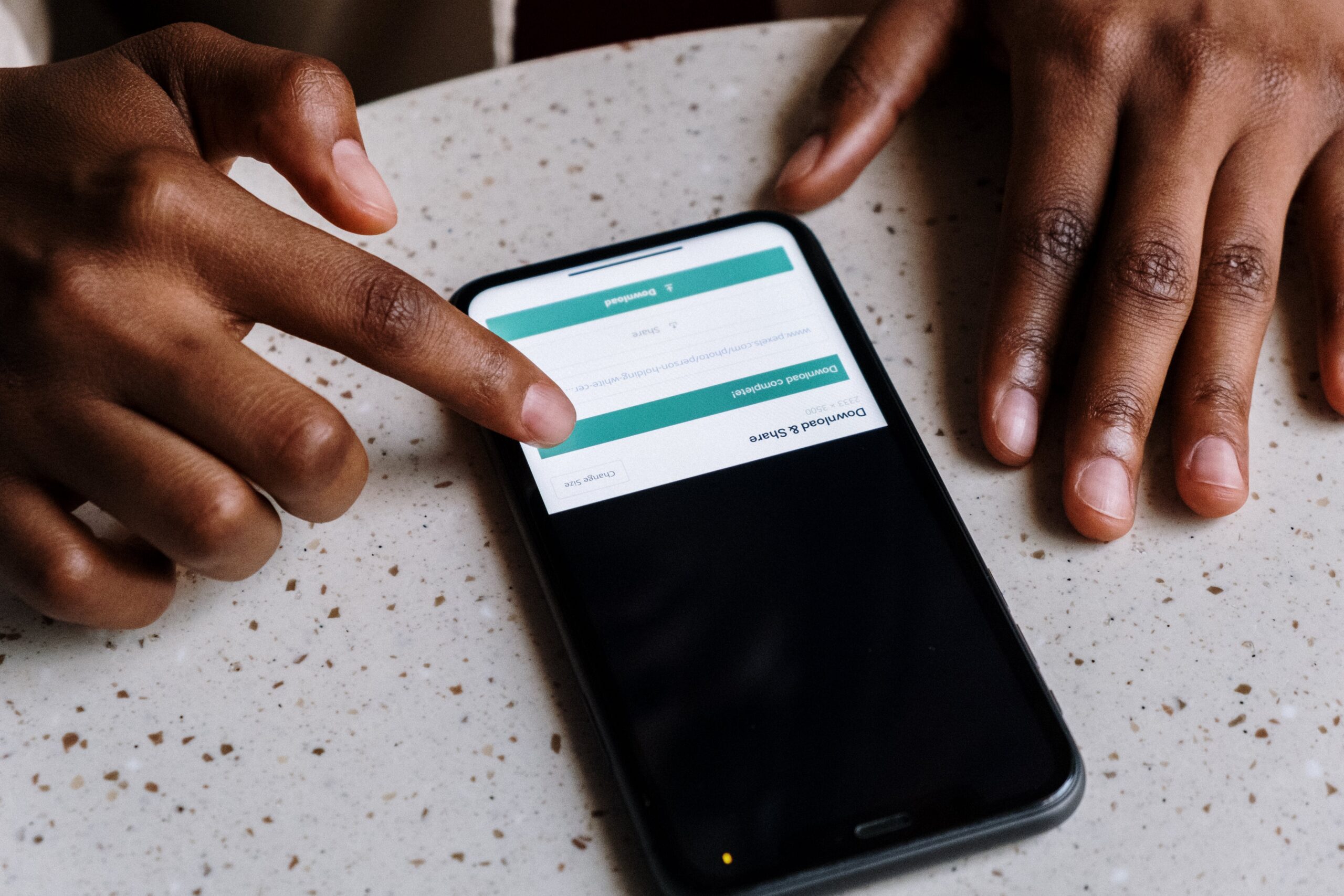
Anchor text, or the clickable words that compose a hyperlink, may seem like a minor webpage component. However, writing descriptive, accessible anchor text represents a vital best practice impacting millions of users, especially those interfacing with assistive technologies like screen readers. By learning techniques for improving link context through considered anchor text, web developers can address a key area that often gets overlooked in accessibility efforts. Thoughtfully crafted links with informative, succinct text descriptors foster far more usable, navigable website experiences for all.
Provide Link Context Early for Screen Reader Users
Screen reader users accessing content non-visually depend greatly on link text itself to relay essential context on destination pages being referenced in the hyperlink before clicking. Links making generic calls to action like ‘click here’ or ‘read more’ fail to indicate where they lead when read aloud by assistive technology. Composing descriptive anchor text provides necessary context upfront in a scannable way for those listening to rather than viewing pages. This technique benefits broader users beyond the blind community also by presenting concise previews inline, avoiding disorienting jumps to entirely unfamiliar pages.
Be Succinct Yet Descriptive With Anchor Text
When writing anchor text, basic guidelines recommend keeping phrasing concise within a few words while accurately signaling the content users navigate to on click. For example, linking internally to a contact page is more accessible as ‘Contact Us’ rather than longer descriptors like ‘click on this link to visit the contact page’. Excess length causes both screen reader inefficiencies having to parse long-winded phrases and visual clutter disrupting flow. Brief but descriptive anchor text stylistically functions best across both visual and non-visual user experiences.
Identify Pages Clearly With Distinct Links
Effective accessible anchor text should uniquely identify destination pages reached rather than utilizing vague repetitive language like ‘read more here’ linking out to entirely separate sections. Distinguishing content targeting behind links prevents confusion that arises when identical non-descriptive phrasing refers readers to unrelated pages. Clear categorization even across website sections, articles or e-commerce product listings through thoughtful anchor text supports superior navigation for all users. Assistive technology engagement especially benefits when links connect logically to well-identified landing pages.
Use Names Not Links to Call Out External Sites
Maintaining descriptive anchor text continuity applies as well when linking offsite. However, accessibility best practice recommends referencing visible names of target sites users navigate to rather than raw URLs. For example, saying ‘ Apple Accessibility Development Resources’ as anchor text linking to associated Apple developer pages conveys helpful context versus pasting longapple.com URL string. Keeping external site names frontend provides necessary where-am-I orientation support that URls lack when read aloud by screen readers during navigation flows between sites and resources.
Check Color Contrast Alongside Descriptors
Beyond crafting simply worded yet descriptive anchor text, ensuring proper color contrast between link text and background upholds accessibility across visual disability needs as well. Low vision users can miss critical context provided by links blending into designs without enough contrast. Aim for at least 4.5:1 link color to background ratios, ensuring critical hyperlink context never gets lost solely due to insufficient color visibility against backdrops. Vet all secondary pressed or hover states also since color shifts can inadvertently decrease contrast.
Avoid Redundant Link Stacking
Placing links consecutively like ‘click here to visit the contact page’ actually reduces context quality despite seeming more descriptive at face value. Screen reader testing reveals the redundant ‘click here’ offers zero additional meaning to otherwise highly functioning ‘visit contact page’ text by itself. Pruning unneeded linkage verbiage helps optimize navigation efficiency for assistive technology users. Stacking links only adds more elements requiring parsing without improving comprehension. Single, purposefully worded links suit both disabilities and streamlined user experience.
Rely on Robust Link Text, Not Title Attributes
At times developers use title attributes on anchor tags to stash long form descriptions better suited for contextualizing content internally rather than directly placing verbose phrasing as on-page text users see. However, title attributes get completely ignored by most modern screen readers. This technique fails accessibility goals by hiding context in areas only visually apparent. Great anchor text achieves a proper blend of brevity and utility rendering title attributes unnecessary to depend on. Descriptive phrasing placed inline where all users encounter offers only reliable technique.
Crafting hyperlinks requires balancing act between brevity and information richness so links enhance rather than distract from content flow. Following accessible anchor text principles centered on purposeful descriptors, distinct identifiers and color contrast checked against backgrounds meaningfully conveys context for both screening visually and screen reader assisted navigation. Links written with accessibility in mind grant all users confident comprehension of the path ahead before clicking. When anchor text gets treated as a true gateway between ideas, it transforms from decorative convention to irreplaceable wayfinding aid.


